https://ift.tt/KdFPLs
Colossal statues are statues at least three times as big as the original object which served as its inspiration. At their best, these statues are absolute masterpieces of craftsmanship and construction. Our most spectacular modern colossal statues are usually carved into mountains and rock cliffs, making it one of the most durable art forms around. Also known as “living rocks,” these magnificent sculptures are an enduring tribute to mankind’s capacity to create beauty from nature’s humble surfaces.
10. Dying Lion of Lucerne: Lucerne, Switzerland
The Dying Lion of Lucerne was created in honor of the Swiss Guards massacred during the French revolution in 1792. Described by Mark Twain as “The saddest and most moving piece of rock in the world,” the impressive lion statue measures over 33 ft. (10 m) long and 20 ft. (6 m) high. Carved into the wall of an abandoned sandstone quarry, the sculpture was initiated by Karl Pfyffer von Altishofen, a Swiss Guard who survived the massacre due to being on leave at the time the attack took place. Fundraising began in 1818, and the artwork was completed by 1821.
9. Colossal Statue of Shapur I: Iran
The second Sassanian king, Shapur I, ruled from 240 to 272 AD. As the Sassanid Kings’ crowns all differed and depended on strict governance, the statue was easily identified. The impressive 21 ft. (6.7 m) statue was masterfully sculpted from a stalagmite inside the Shapur Cave not far from the ancient city of Bishapur. No longer in situ (on location,) the artwork broke free from its original position during an earthquake some time after the 14th century. However, it has since been placed on pillars near its original feet. Missing parts of its arms and legs, the statue is nonetheless beautifully preserved, and is remarkably elaborate.
8. The Appennine Colossus: Florence, Italy
The Appennine Colossus was sculpted by Giambologna around 1579 in the gardens of Villa Medici at Pratolino (now part of Villa Demidoff.) Envisioned by the Grand Duke Francesco I de’ Medici to appease the whims of his mistress, the sprawling gardens included mazes, fountains, water pipes, grottoes, and caves. The 35 ft. (10.6 m) statue – featuring a stalactite beard – represents the Appennine Mountains found along the Italian peninsula.
To add to its marvel, the statue also served as a building. Inside, a network of passages leads to fountains and even a small chamber that used to host an orchestra. To date, these passages are covered with shells, corals, pearls and crystals.
7. Avukana Buddha Statue: Kekirawa, Sri Lanka
Carved from a massive granite rock in the 5th century, the 40 ft. (12 m) high Avukana Buddha statue is considered the epitome of Sri Lanka’s ancient standing sculptures. It was carved in situ as a whole, but the lotus-flower pedestal on which it stands was placed underneath it after its creation. Connected to the granite via a strip left at its back for support, the Avukana statue might have been the culmination of a competition between a guru (sculpting master) and his gola (pupil.) Legend has it that the guru and his gola both created Buddha statues. Racing to finish, the guru completed his first and rang a bell to notify his pupil that he had won. The pupil never completed his statue – the nearby Sasseruwa statue – and as such, it is unfinished to this day.
6. Tirthankara Jain Sculptures: Gwalior, India
Jainism is one of India’s religious minorities, yet it has left a very important mark on Indian architecture and art. Ancient Jain temples and cave temples throughout India contain beautiful Tirthankara sculptures, oftentimes covered or hidden behind rock walls, with only their heads visible through the rock openings. The slopes and hillsides of the historical city of Gwalior contain a series of almost 100 sculptures in various sizes, with the most spectacular (and tallest) being that of a 57 ft. (17 m) standing sculpture of Adinath or Rsabha, created between the 7th and the 15th centuries.
5. The Giant Maitreya Buddha of Binglíng Sì, China
The 100 ft. (27 m) Maitreya Buddha sculpture is one of over 600 remaining sculptures, carvings bas reliefs and frescoes that can be found in the Bingling Temple – a series of caverns and caves inside a canyon found along China’s Yellow River. The Templ series was created over a 1000-year period, and the traits and characteristics of each cave and its artwork can easily be connected to its correlative dynasty or empire. Accessible for only two seasons per year — summer and fall — the thousands of visitors reach the remote location by boats, and use precarious wooden walkways to reach the hidden historical treasures.
4. Mount Rushmore: South Dakota, United States
Mount Rushmore may not be as ancient as most other colossal statues, but this list simply would not be complete without it. The magnificent monument’s sculpting was started in 1927, and took 14 years to complete. In the first phase, dynamite was used to remove tons of rock. Thereafter, the 400 daring workers completed the sculptures by drilling, carving and chiseling faces into the stone while sitting on swing seats that were hoisted up to the appropriate levels. Featuring the images of Presidents George Washington, Thomas Jefferson, Theodore Roosevelt, and Abraham Lincoln, it is undeniably the world’s most spectacular elevated mountain sculpture.
3. Statue of Decebalus: Orsova, Romania
Said to be inspired by Mount Rushmore, the 131 ft. (40 m) Statue of Decebalus, on the banks of the Danube River, is Europe’s tallest rock carving. That may not sound very high until you realize that it is 26 ft. taller than Rio de Janeiro’s Christ the Redeemer.
Romania’s King Decebalus unified the ancient Dacian tribes after coming to power in 85 AD. He defeated Rome’s armies no less than three times during his lifetime, but ultimately committed suicide after suffering a final obliterating defeat in 105 AD., after which time his beloved Dacia became a Roman Province.
2. Leshan Giant Buddha: Leshan, China
At 233 ft. (71 m) high, the Leshan Giant Buddha is the largest stone Buddha in the world. Carved into the hillside of Xijuo Peak in the 8th century, the statue looks down at the convergence of three rivers while also facing Mount Emei, one of Buddhism’s holiest sites. Its well-preserved state can be directly attributed to its drainage system, which to this day carries away water and runoff via drainage pipes.
At the time it was carved, a massive 13-story, gold-plated wooden structure also sheltered it from the elements, but it was ultimately destroyed and plundered by the Mongol hordes at the end of the Yuan Dynasty.
1. Great Sphinx of Giza: Egypt
The Great Sphinx is not only one of the world’s largest and oldest statues, it is also one of antiquity’s greatest mysteries, and one of archaeology’s most debated subjects. It was named the Sphinx, referring to the ancient mythological Greek beast, during the Classical Era, around 2000 years after its commonly-held established creation.
Though most scholars believe the Sphinx was created during the reign of the Pharaoh Khafra, a large body of archaeologists and academics believe that it may actually predate the 4th Dynasty. A few researchers also believe that it might in fact have been built (along with the Great Pyramid) by an ancient lost civilization. Intriguing as it may be, the debate will probably never be settled, and its mystery will continue to fascinate and captivate academics and laymen alike.
TRENDS
TRENDS,AMAZING
via Toptenz.net http://www.toptenz.net
May 13, 2018 at 06:18PM
.png)

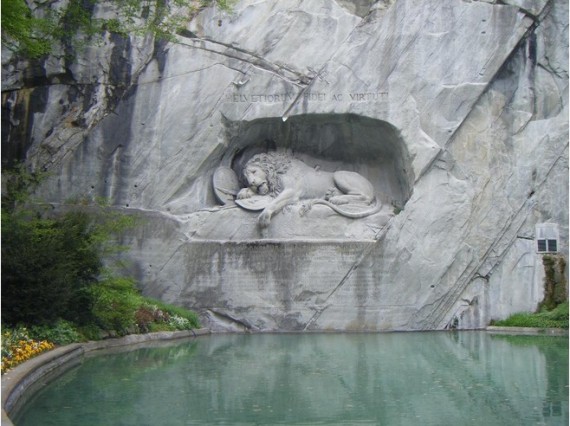
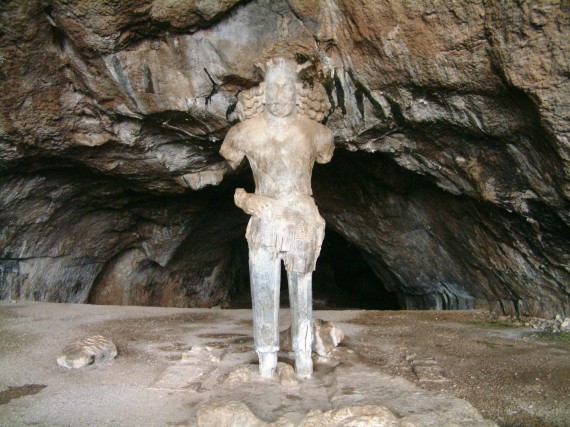
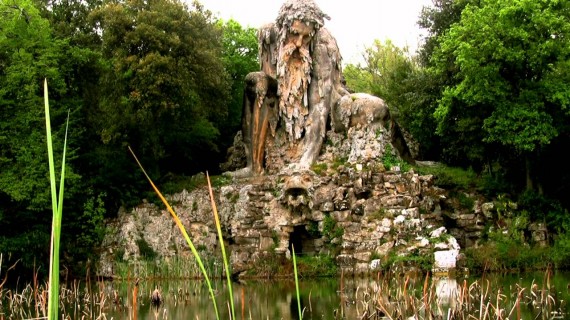
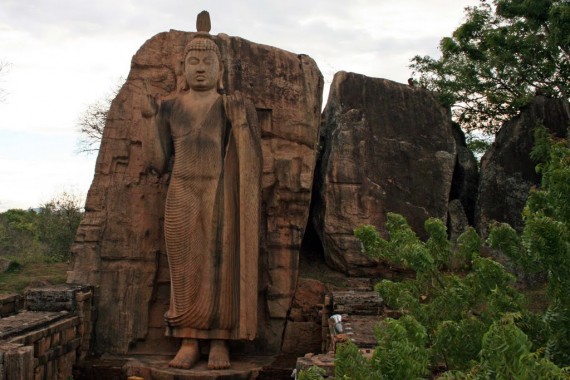
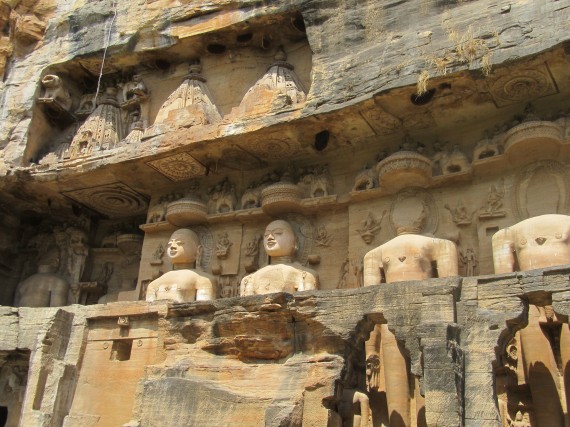
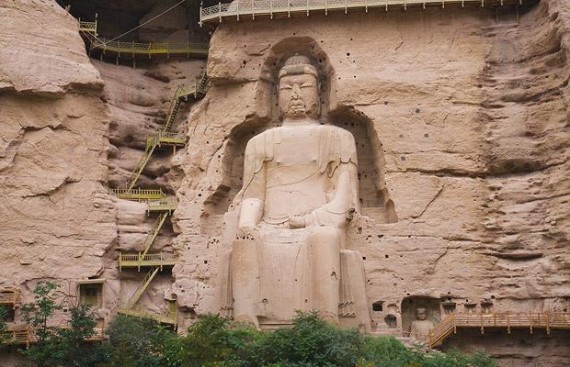
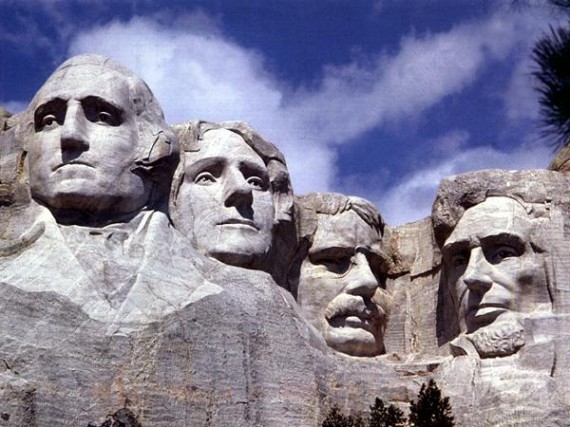
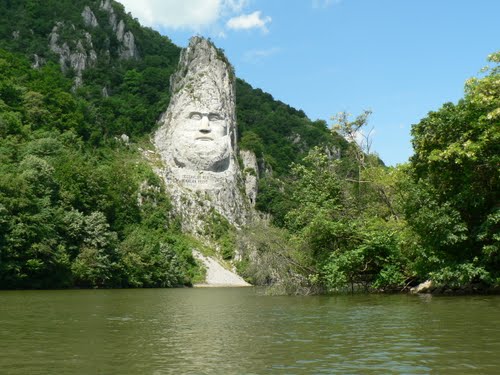
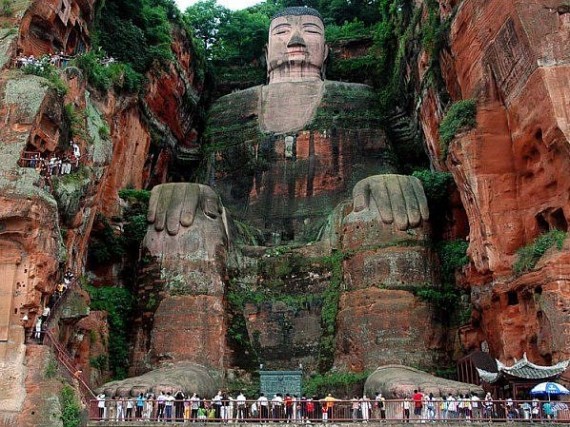
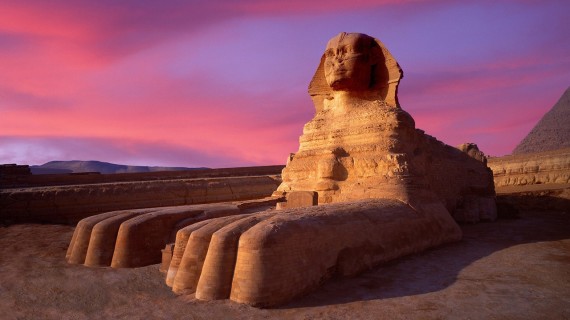
No comments:
Post a Comment